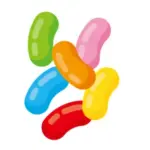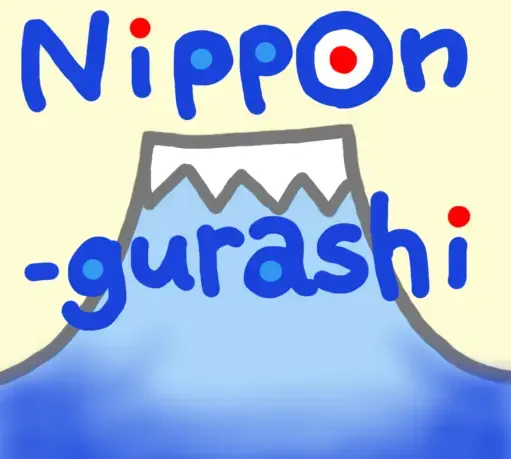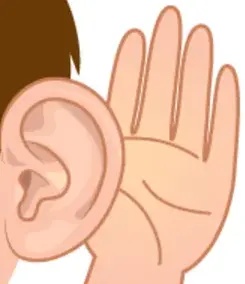This topic might make you feel uncomfortable, so please read the rest of this page only if you are interested in things related to earwax.
I learned the English word “earwax” when I was reading Harry Potter series. If you are a fan of Harry Potter, you would notice one of the flavors in Bertie Bott’s Every Flavour Beans is earwax. The jellybean that Albus Dumbledore had believed to be toffee flavor turned out to be earwax flavor unfortunately. I got shocked that the author came up with quite unique flavors such as earwax, liver & tripe, vomit and etc.

Earwax is 耳垢(mimi-aka) in Japanese. Mimi means ear and aka means dirt or grime. (Aka in this case is different from 赤(aka) which means red.) I couldn’t understand why it is called ear “wax” in English since 耳垢(mimi-aka) I had known looks powdery and I believed all people had yellowish or whitish powdery earwax like me. I was not able to access the internet easily at this time and it was embarrassing to ask English teachers about earwax, so I left the question alone.
Several years later, I met my now-husband in the U.S and one day, I noticed that there’s something in his ear when I sat closely next to him. It looked like a roundish shape, and I asked him “Are your ears OK?” thinking about what if the thing I just saw was a tumor or something malicious. He seemed to be a little bit surprised and said, “They are fine”. After that, I stopped paying attention to his ears since he looked at me suspiciously…
Time passed, and we got married and he moved to Japan. A few months later, he told me “I can’t hear clearly. I think I need to go to an ENT”. After seeing an ear doctor, we found that earwax built up in his ears were impacted and that caused hearing issues. The doctor got rid of his earwax and advised him to clean his ears only on the outer surface and gently.
It is common for Japanese people to clean their ears by themselves, and I clean my ears using a cotton swab once in a week or two weeks. (Although many Japanese ear doctors recommend people to clean their ears once in a month or 2 months, and it should be less than 2 minutes since touching ear canals with a cotton swab might cause inflammation.) I was surprised when my husband said he had been afraid of using cotton swabs to put into his ears, so he didn’t clean his ears by himself.

I thought, “If he doesn’t want to clean his ears himself, should I take him to an ENT every time he has difficulty hearing?”. I didn’t want to spend our money on that, and I decided to say to him “I’ll take care of your ears.” I learned that the thing I thought to be a tumor was “earwax” after cleaning his ears for the first time, and I noticed his earwax looked like a brownish paste. “It’s like WAX!” That was the moment my question had finally been solved.
Apparently, only about 16% of Japanese people have this type of earwax (moist earwax) and about 84% of Japanese people have powdery earwax (dry earwax). It is interesting that the percentage of people having moist earwax is higher in Hokkaido and Okinawa compared to other regions in Japan.
Some researchers are examining this data to clarify the origin of Japanese people. A thesis from an article from the Japan Science and Technology Agency states, “A SNP in the ABCC11 gene is the determinant of human earwax type”. Most people in Europe and Africa have moist earwax, and most people in East Asia have dry earwax.
Hmm, earwax is mysterious.

